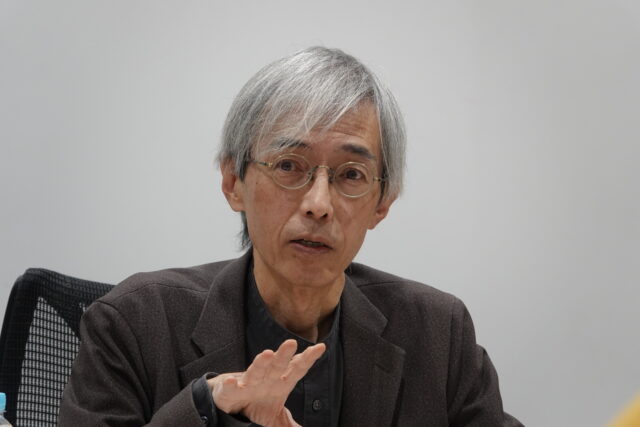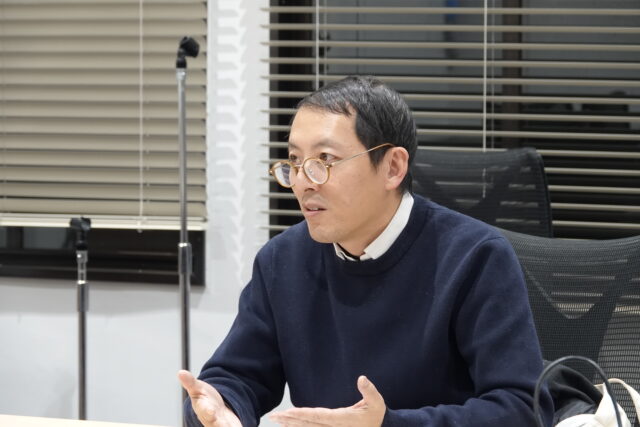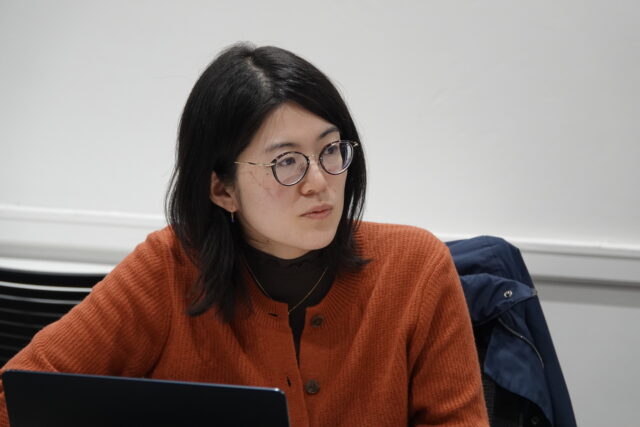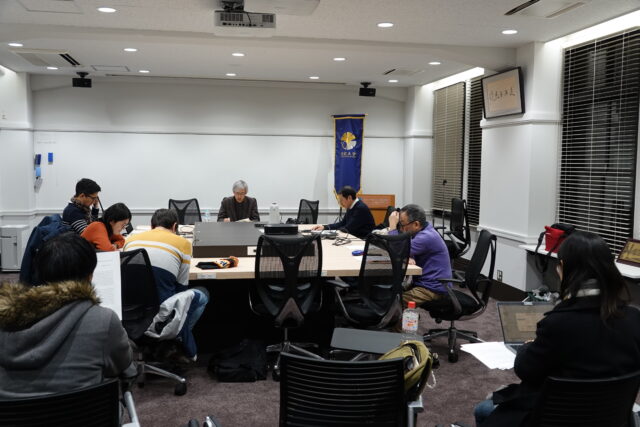 Prof. Otabe Tanehisa
Prof. Otabe Tanehisa
The Japanese word fun’iki (雰囲気) is generally used in a similar way as the Western word “atmosphere”. However, the term “atmosphere” does not entail all the subtle connotations carried by the word fun’iki. Prof. Otabe proposes to analyze this term from the Japanese perspective, through exploring the term of “ki” (気) which is at the core of fun’iki and corresponds to the Chinese concept of “qì”. If one attempts to approach the issue of fun’iki, “ki-in sei-dō” (気韻生動, qì yùn shēng dòng) is the first concept to refer to in Chinese art theory. Through various theorists’ work on the interpretation of “ki-in sei-dō”, Prof. Otabe points out that the Japanese term fun’iki is something to be sensitively perceived and felt, and to resonate with, whereas the Western concept of “atmosphere” refers to something that people are affected or seized by. However, the Chinese character “qì” (氣) can also be read as “ke” in Japanese, just like in the word ke-shiki (気色: literally, the color of ki) or ke-hai (気配: literally, the disposition of ki). Although “ki” itself is imperceptible, “ke” is subtly connected with expressions of physical manifestations. Fun’iki takes shape when one perceives the vital energy of “ki” through such signs. Furthermore, focusing on the homonym “ki” (機) amplifies the analysis on “ki” (気): the mixed usage of the expressions “ride on the ki” (気が乗る, “ki ga noru”) and “ride on the momentum” (機に乗じる, “ki ni jōjiru”) leads us to the reflection that “ki” is something that can be actively grasped by those who engage in it.
 Prof. Cheung Ching-yuen (Moderator)
Prof. Cheung Ching-yuen (Moderator)
 Dr. Kuwayama Yukiko (Moderator)
Dr. Kuwayama Yukiko (Moderator)
 Dr. Dennis Stromback (Moderator)
Dr. Dennis Stromback (Moderator)

Report by Asami Shirao (EAA Research Assistant)
Photo by Guo Chiyang (EAA Project Assistant Professor)








